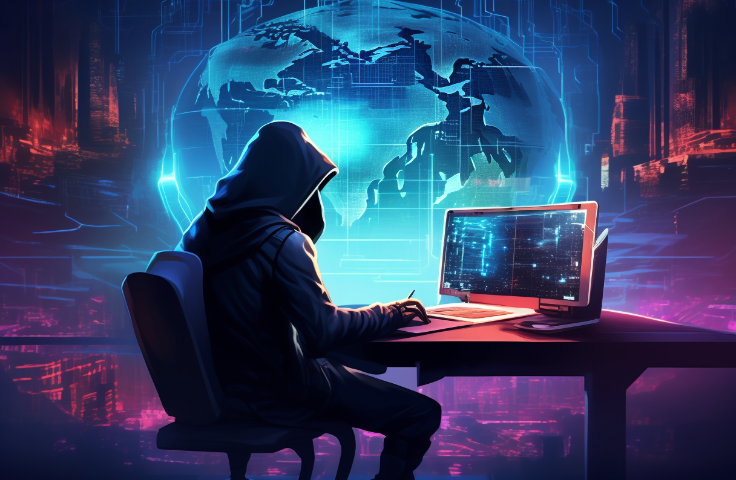What Is Cybersecurity
What Is Cybersecurity
What Is Cybersecurity
A Professional Yet Simple Introduction for Beginners
As a cybersecurity professional, I often get asked the question: “What exactly is cybersecurity?” The truth is, while it can get very technical, the basic concept is quite simple—and incredibly important in today’s digital world.
Let’s break it down in a way that makes sense even if you’re just getting started.
🔐 What Is Cybersecurity?
Cybersecurity is the practice of protecting computers, networks, software, and data from unauthorized access, attacks, or damage.
Think of it like home security—but instead of locking your doors and windows, you’re protecting digital assets like:
- Personal data
- Financial information
- Emails and messages
- Business systems
- Cloud accounts and devices
🧠 Why Is Cybersecurity Important?
In today’s connected world, almost everything is online—from banking and shopping to government systems and healthcare records. That means cybercriminals have more opportunities than ever to steal, damage, or manipulate information.
Without proper cybersecurity, people and organizations can suffer:
- Identity theft
- Financial loss
- Privacy breaches
- Business shutdowns
- Data leaks or ransomware attacks
Cybersecurity is what prevents those things from happening.
🧰 What Does Cybersecurity Involve?
Cybersecurity is not just one thing—it includes many layers of protection. Here are the key areas:
1. 🖥️ Network Security
Protects your internal networks (like Wi-Fi or office systems) from hackers and malware.
2. 📦 Application Security
Ensures software and apps are designed and built to resist attacks (like hacking websites or mobile apps).
3. 🔐 Information Security
Protects sensitive data—like passwords, credit card numbers, and customer records—from being stolen or exposed.
4. 👤 User Awareness & Training
Teaches people how to spot phishing emails, use strong passwords, and avoid scams. Human error is one of the biggest cybersecurity risks.
5. 🛡️ Operational Security
Focuses on policies and procedures, like who can access what data and how systems are maintained securely.
6. ☁️ Cloud Security
Secures data and services stored online (e.g., Google Drive, AWS, Microsoft Azure).
⚠️ What Are Cyber Threats?
Common threats include:
- Malware – Malicious software like viruses or ransomware
- Phishing – Fake emails that trick people into giving away sensitive info
- DDoS Attacks – Flooding a server to shut it down
- Man-in-the-Middle Attacks – Intercepting data between two parties
- Zero-Day Exploits – Attacking software before the developer even knows there’s a flaw
Cybersecurity professionals learn to identify, prevent, detect, and respond to these threats.
👥 Who Works in Cybersecurity?
Cybersecurity is a wide field with many roles, including:
- Security Analyst – Monitors systems for threats
- Penetration Tester (Ethical Hacker) – Tests systems for weaknesses
- Incident Responder – Reacts to breaches and attacks
- Security Engineer – Builds secure systems and infrastructure
- Governance, Risk, and Compliance (GRC) – Makes sure organizations follow laws and regulations
There’s room for technical and non-technical people in cybersecurity.
🧭 How Can You Start Learning Cybersecurity?
If you’re new, start here:
- Learn basic computer and networking concepts.
- Take free courses (e.g., TryHackMe, Cybersecurity Essentials).
- Practice with virtual labs.
- Learn Linux and the command line.
- Explore cybersecurity tools (like Wireshark, Nmap, Burp Suite).
- Stay curious and follow cybersecurity news.
🏁 Final Thoughts
Cybersecurity is about protecting the digital world, just like physical security protects the real world. It’s a field that constantly evolves, requires both technical skill and problem-solving, and has a huge global demand for talent.
Whether you want to defend systems, ethically hack into them to find flaws, or help others stay secure—cybersecurity is a career that can truly make a difference.
Would you like a downloadable one-page summary or a beginner roadmap for entering the field?
